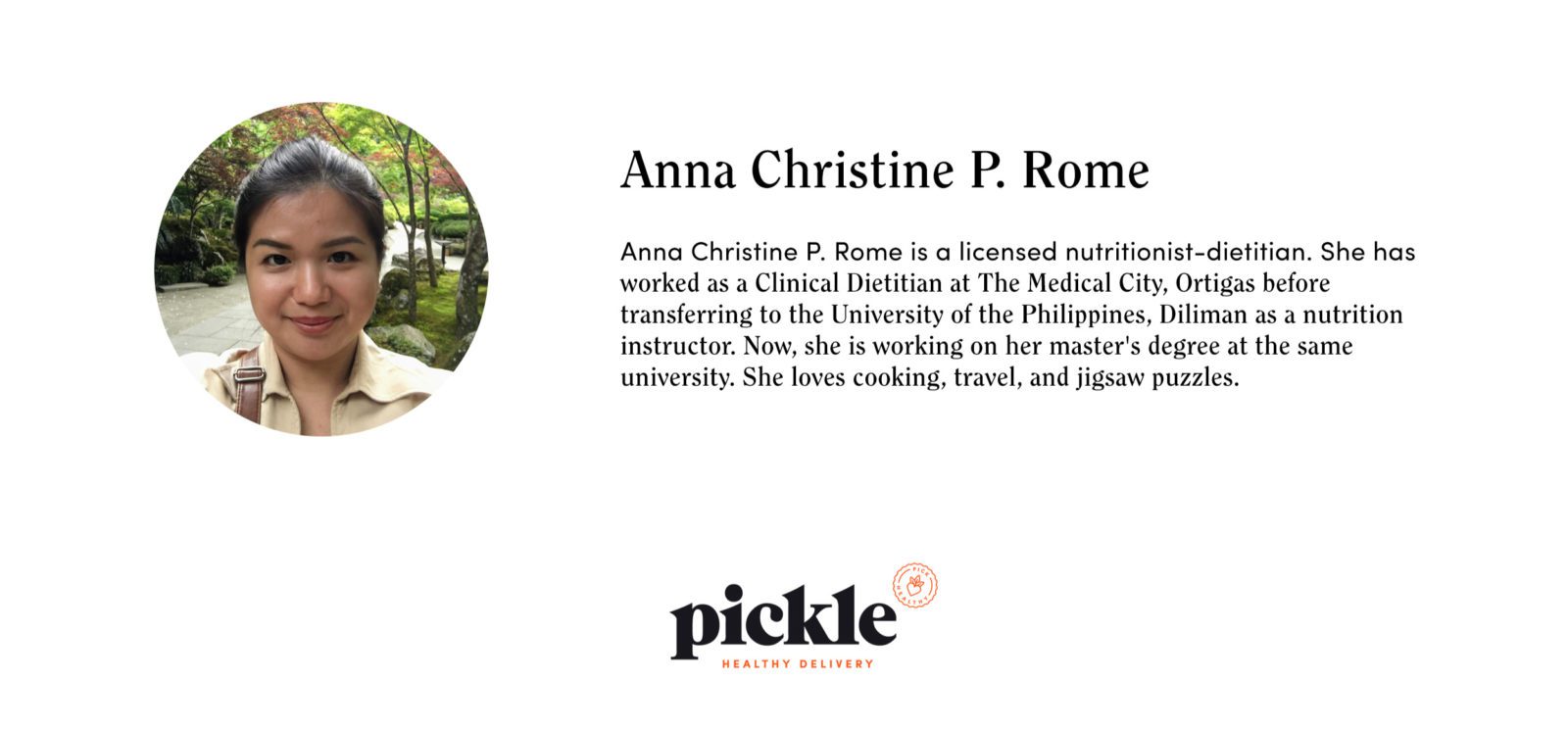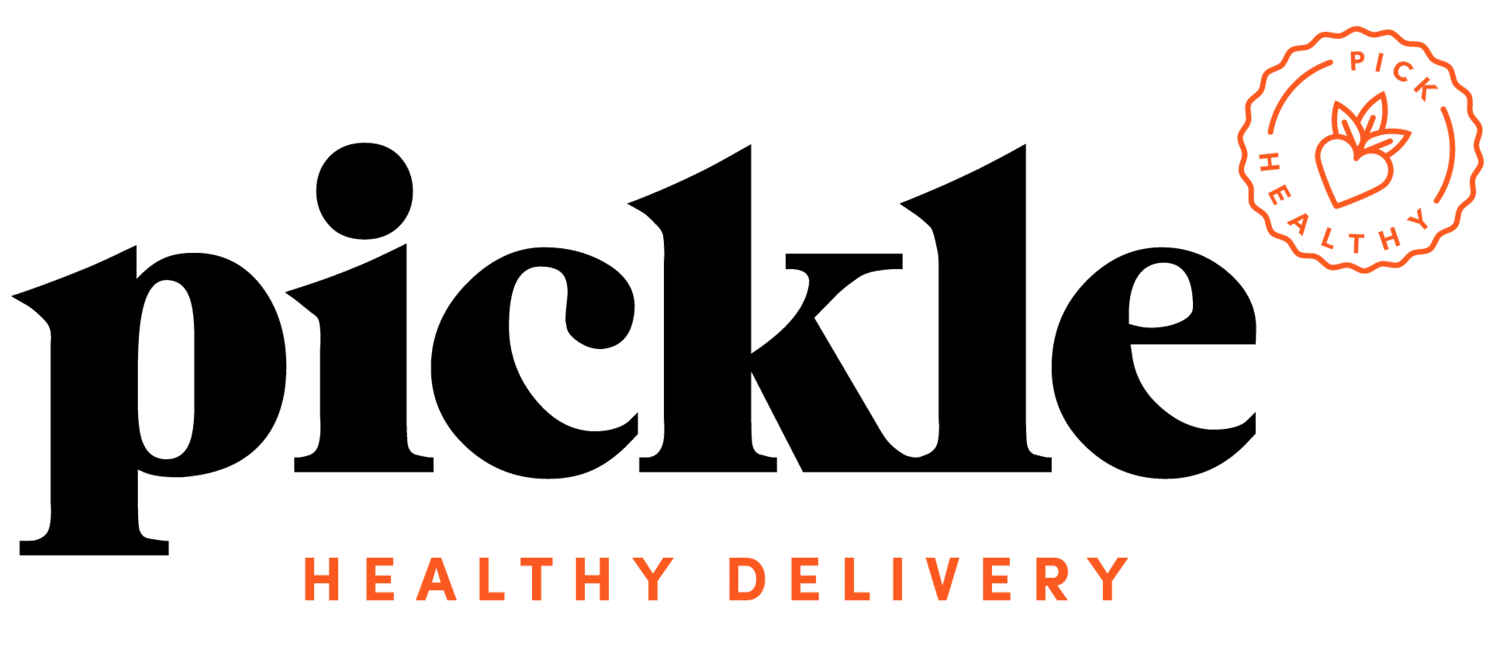
Fiber, also known as roughage or bulk, is a type of carbohydrate composed of many sugar molecules. Unlike other carbohydrates like table sugar and white rice, fiber is indigestible in the human body. Fiber are held together by chemical bonds that digestive enzymes cannot digest. It mostly passes through the human body without giving off energy.
Most people associate high fiber diet with regular bowel movement, reducing your risk in constipation. But more than its essential role in the digestive system, fiber is proven to help regulate blood glucose and cholesterol. Epidemiological and clinical trials demonstrate that consumption of dietary fiber and whole grain is inversely related to Type II Diabetes, some forms of cancer, and heart diseases. And since fiber resists digestion, you tend to feel full for longer time. It helps to control your food cravings and thereby aids in weight loss.
Fiber comes in two forms, depending on their solubility in water. Soluble fiber, when in contact with water, turns into a mushy, gel-like substance (Think of oatmeal when poured with water.). Soluble fiber bypasses digestion and is easily fermented by the healthy bacteria in the large intestine. This type of fiber is proven to improve your scores in lipid profile test, particularly in lowering your total and LDL- cholesterol. And since LDL-cholesterol may increase you risk for developing heart diseases, having a substantial amount of fiber in your diet gives you a heart-protection perk. Also, intake of high-fiber foods in the management of blood glucose has been accepted by several national diabetic associations. Soluble fiber mixed with food produce a viscous-complex, impairing or delaying carbohydrate absorption in the body. This mechanism controls blood glucose spikes both in normal and diabetic individuals. The other type of fiber is the insoluble fiber. Unlike soluble fiber, insoluble fiber acts as a sponge when in contact with water. This type of fiber can help food move through your digestive system, promoting regularity and preventing constipation.
Foods rich in soluble fiber includes oatmeal, nuts, beans, and most of the fruits; while brown rice, carrots, cucumbers, and green leafy vegetables are rich in insoluble fiber. However, most of these foods contain both soluble and insoluble fiber but in varying ratios. According to Philippine Dietary References Intake, Filipino adults are recommended to consume 20-25 grams of fiber daily.
Here are some of the tips to increase your fiber intake:
Have at least 5 servings of vegetables and fruits per day. Eat peels of fruits/ vegetables whenever possible (i.e. grapes, apple, cucumber, tomato), just make sure it’s clean and safe to eat.
Eat whole grains carbohydrate sources such as brown rice and whole wheat food products (i.e. wheat bread, wheat biscuit).
Increase legumes and beans by incorporating to viand or salad.
Keep a whole wheat cracker, popcorn, or nuts on hand for an easy snack.
Eat fresh fruits for dessert.
Skip fruit juices as most of its fiber content have already been removed. Fruit juices are not comparable to fresh fruits.
At Pickle PH, menus are always incorporated with these food items to give you a substantial amount of fiber. Together with its calorie-controlled and nutrient-dense meals, you will never have a hard time making your own meals and reaching your health goals at the same time.

